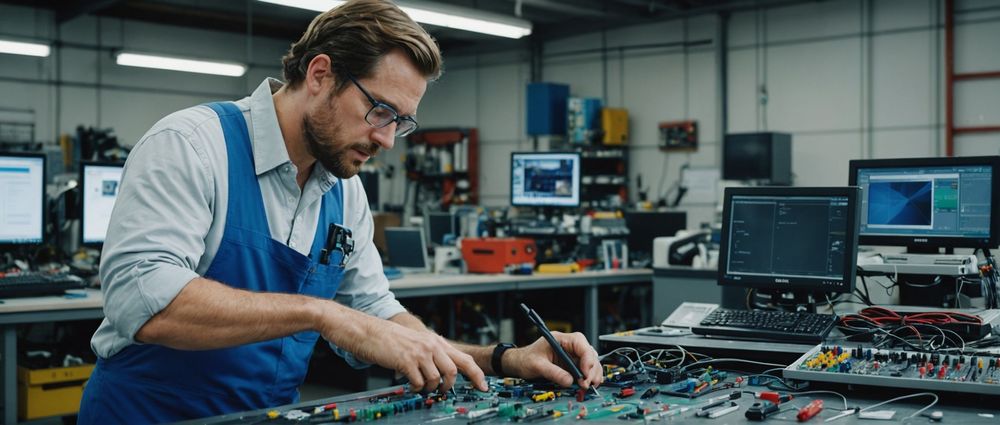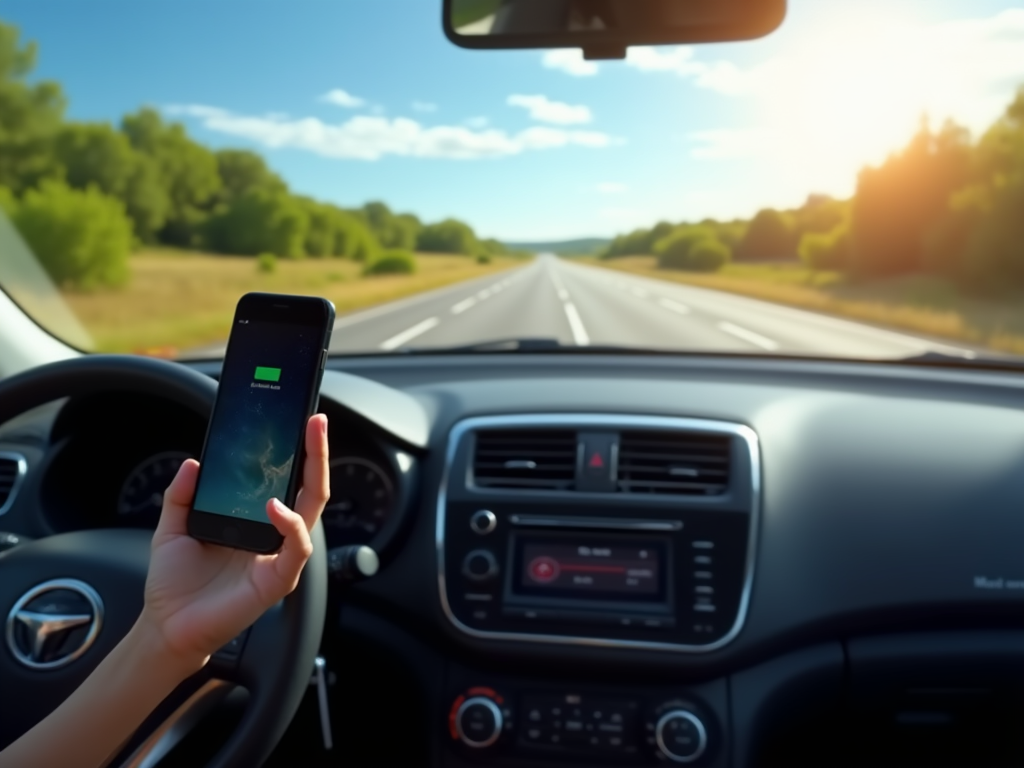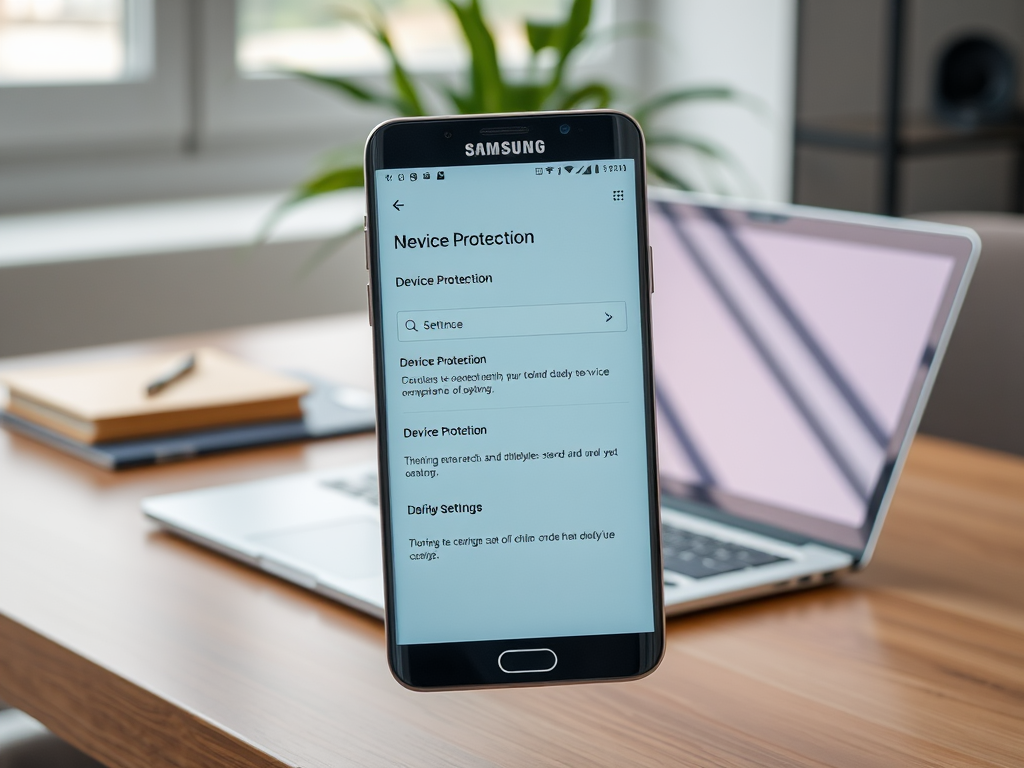Screen burn-in, commonly referred to as burn-in, occurs when a static image is displayed on a screen for an extended period, resulting in a permanent ghost-like residual image. This phenomenon is particularly prevalent in OLED and plasma displays, where individual pixels can become discolored or wear out faster than others due to prolonged exposure to the same image. Understanding screen burn-in is essential for anyone using screens in daily life, as it can significantly affect visual quality and user experience.
Understanding the Causes of Screen Burn-In
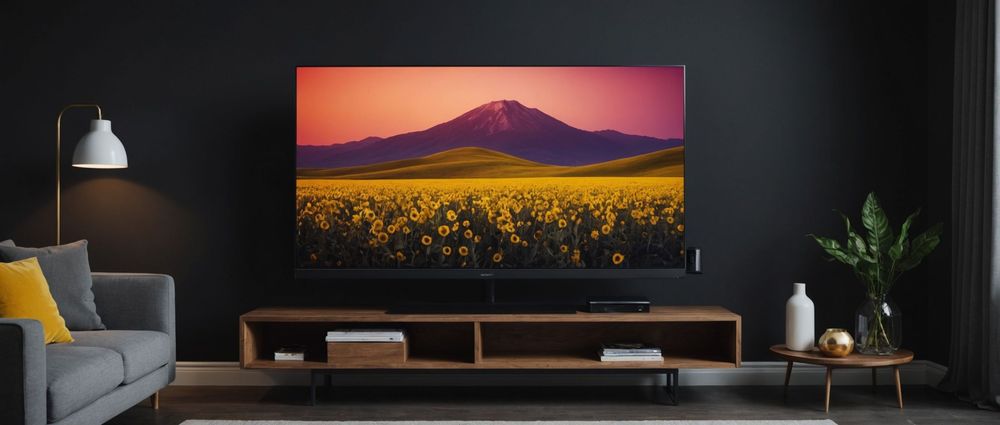
Screen burn-in primarily happens due to the uneven wear of display pixels, which can be caused by multiple factors. One of the main contributors is the display technology being used. For instance, OLED screens utilize organic compounds that can degrade over time when subjected to static images. Additionally, factors like brightness settings, long periods of high contrast images, and energy-saving features can exacerbate the risk of burn-in. Here are some of the key factors:
- Prolonged Exposure to Static Images: Items like channel logos, menu interfaces, or video game HUDs are typical culprits.
- High Brightness Settings: Keeping the brightness at maximum levels for prolonged periods can accelerate pixel wear.
- Low Refresh Rates: Devices that refresh their screens less frequently can enhance the risk of burn-in.
- Extended Display Time: Leaving a screen on without activity (e.g., screensavers) increases vulnerability.
- Contrast Levels: High contrast static images tend to have a greater effect on the panel.
Preventing Screen Burn-In
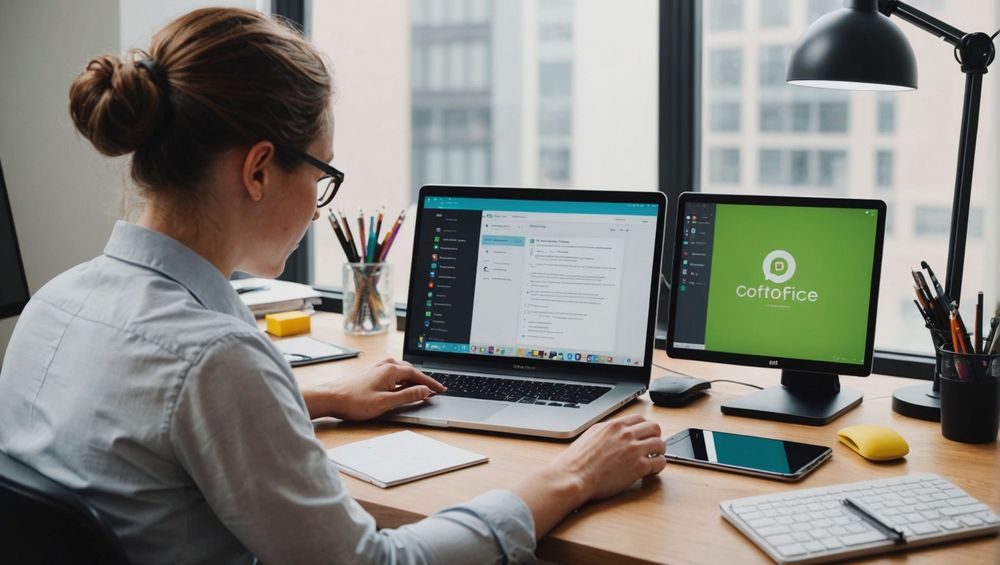
While burn-in can be a frustrating issue, several practical strategies exist to mitigate its occurrence. By adjusting usage patterns and settings, users can significantly extend the life of their screens and maintain visual integrity. Here are comprehensive methods to prevent burn-in:
- Utilize Screensavers: Implement screensavers that activate after short periods of inactivity to prevent static images.
- Lower Brightness Levels: Adjust brightness settings to lower levels, ensuring that pixels have a more balanced lifespan.
- Rotate Content: Frequently changing the content being displayed can help distribute pixel usage evenly.
- Use Dark Themes: Employing dark mode in applications can reduce the strain on pixels, as dark colors require less power.
- Regularly Turn Off Your Screen: Allowing the screen to rest by shutting it down periodically prolongs its life.
Repairing Burn-In Effects
In cases where burn-in has already occurred, users may feel disheartened; however, some repair options might help mitigate its effects. Here are popular methods people have attempted to reduce burn-in:
- Pixel Remapping: Some devices include pixel remapping tools that cycle through colors to refresh affected pixels.
- Display Burn-In Fixer Tools: Various software and applications are designed to help reduce burn-in by flashing colors across the display.
- Professional Repair Services: If the burn-in is severe, seeking professional assistance may provide more effective solutions.
- Reducing Brightness Temporarily: Lowering brightness temporarily can sometimes help by redistributing pixel usage.
Conclusion
Screen burn-in remains a significant concern for users, especially those who frequently utilize high-end OLED and plasma displays. Understanding its causes and preventive measures ensures you’re making the most of your devices and prolonging their operational quality. While effective repair methods may mitigate the impacts of burn-in, consistent maintenance and care are the best strategies for avoiding it altogether. Being proactive can lead to a more enjoyable and visually appealing user experience.
FAQs
1. What devices are most susceptible to screen burn-in?
Devices like OLED TVs, smartphones, and monitors are particularly susceptible to screen burn-in due to their pixel technology.
2. Can screen burn-in be fixed permanently?
While there are temporary solutions to reduce the effects of burn-in, a permanent fix often requires professional intervention or, in some cases, replacing the display.
3. How long does it take for screen burn-in to occur?
The time frame varies based on usage patterns; however, prolonged exposure of static images over several hours or days can lead to noticeable burn-in.
4. Do all screens experience burn-in?
No, not all screens are prone to burn-in. LCD screens, for example, do not typically suffer from this, but can experience image retention for shorter durations.
5. Is screen burn-in reversible?
Some techniques and tools exist that may reduce the appearance of burn-in, but results vary, and often serious burn-in cannot be completely reversed.
